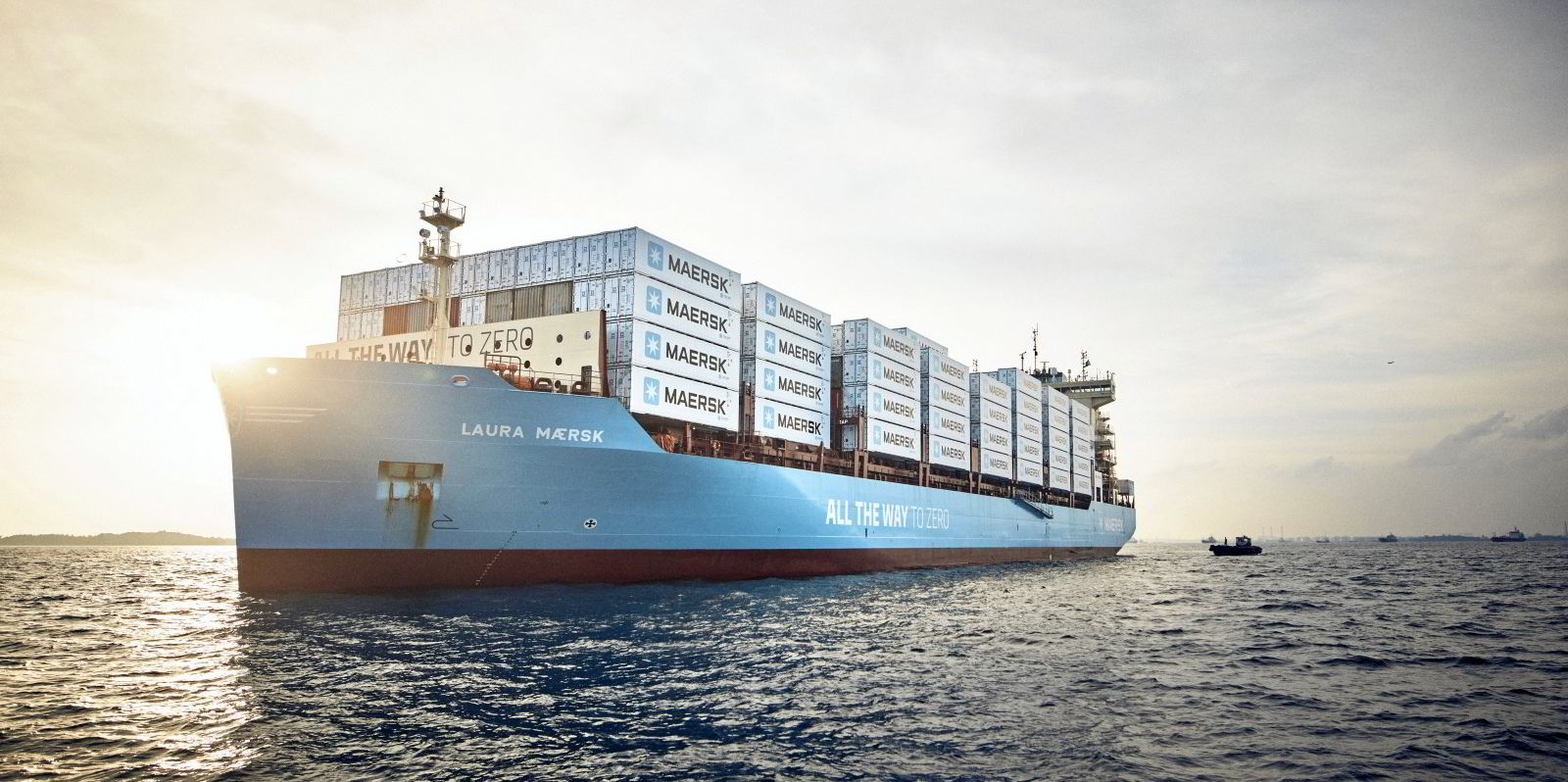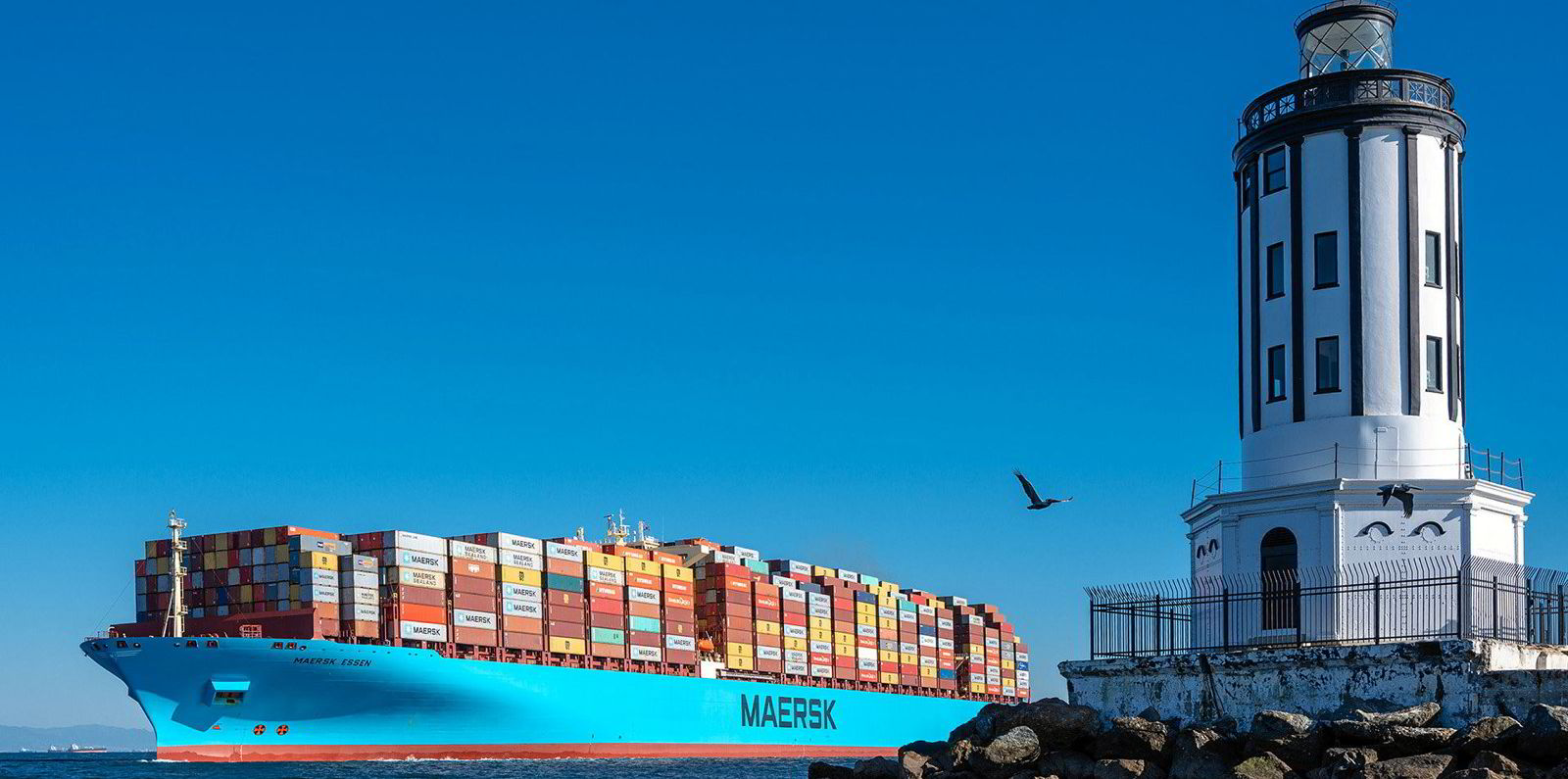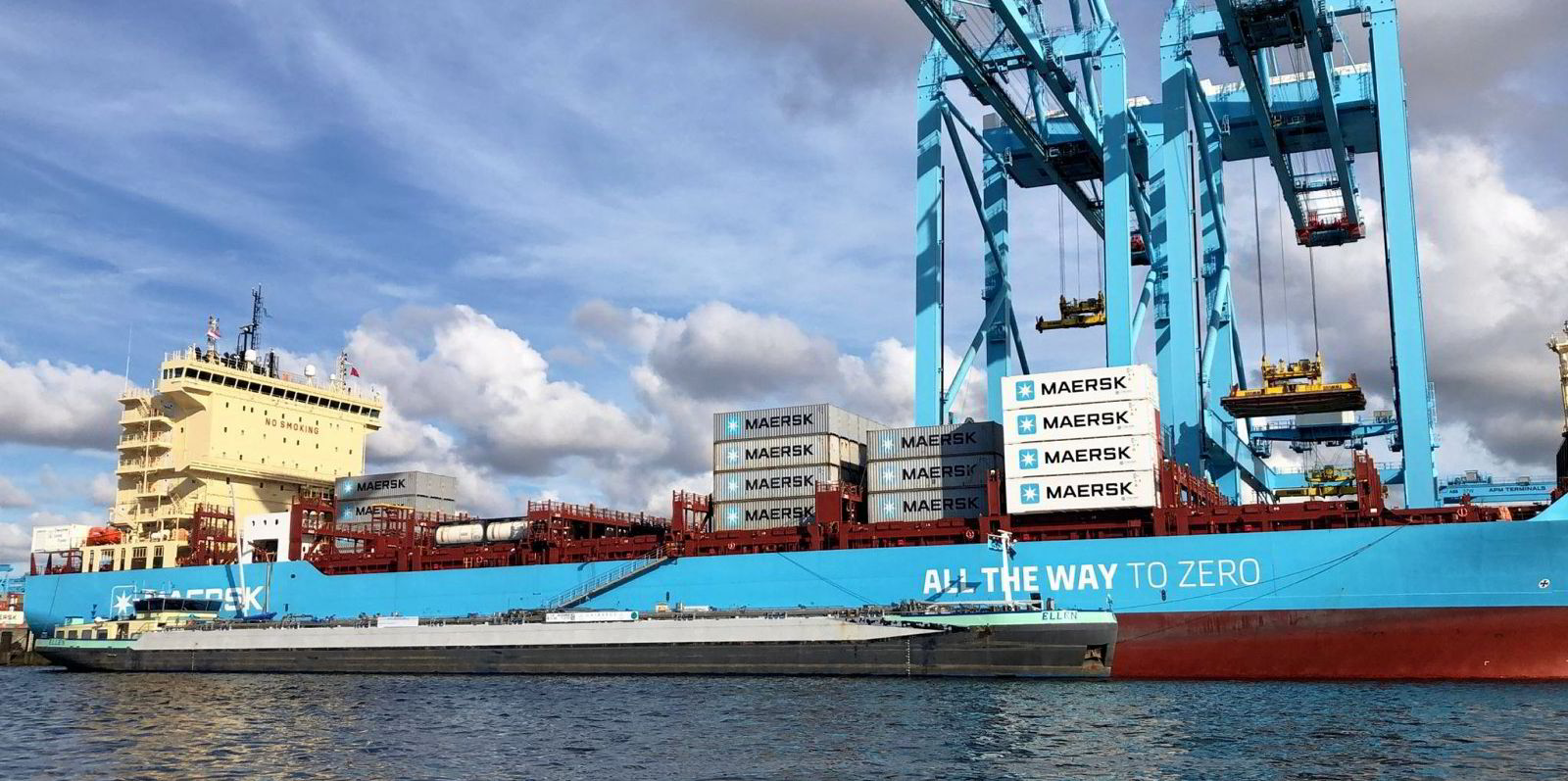The Silk Alliance has spelt out how it plans to operationalise a green shipping corridor cluster in the Indian and Pacific oceans.
The goals are set out in an open letter published today that is designed to drive wider support from governments and key stakeholders.
The 17-member alliance refers to a multi-year plan for the practical deployment of vessels using near-zero carbon ammonia and methanol.
Using Singapore as its base, the group will drive investment in scalable fuel supply infrastructure.
The Silk Alliance seeks to draw on a diverse membership to develop a fleet-specific fuel transition strategy for container ships operating primarily in Asia.
Members created “a clearer path” in April by developing an implementation plan, the letter reads. “Now, we are sharing this vision with the wider industry along with our calls to action with a view to operationalise this corridor.”
Initially, the plan will focus on bunkering the fleet of container ships in Singapore that sail across Asia, East Africa, the Middle East, Australia and the Pacific Islands.
The fleet demand will eventually expand to other regional hubs and deepsea liner routes, such as from Singapore to Rotterdam.
The open letter sets milestones and actions to be reached before the end of the decade.
Near-term goals include establishing the sequence of the green corridor, including where it will start and how it will scale over time.

The members will then determine fuel carbon intensity targets by identifying which fuel pathways to escalate.
That is designed to go from an initial pilot project to supporting the corridor with near-zero carbon fuels by early 2025.
The final milestone will address investment hurdles and identify financing mechanisms to get the initiative underway.
Longer-term, the implementation plan outlines key efforts needed to achieve the deployment of pilot vessels running on low-carbon methanol by 2026 and low-carbon ammonia by 2027.
Action plan
By aggregating demand for alternative fuels through the pilot vessels, alliance members hope to drive investments in scaled methanol and ammonia supply infrastructure in Singapore and the intra-Asia container trade route from 2028 and 2030.
Established by the Lloyd’s Register Maritime Decarbonisation Hub, the Silk Alliance comprises leading supply chain maritime stakeholders.
Lloyd’s Register decarbonisation programme manager Charles Haskell described the cross-industry collaboration as essential to accelerate decarbonisation goals.
“As we proceed with the implementation plan, we look forward to working closely with the Silk Alliance members in moving the green corridor cluster initiative from conceptual phase to action.”
Alliance members include owners MPC Container Ships, MSC Shipmanagement, Pacific International Lines, Wan Hai Lines, X-Press Feeders and Yang Ming Marine Transport Corp, plus shipyard Keppel Offshore & Marine.
Bunker supplier Singfar International, engine manufacturer Wartsila, Wilhelmsen Ship Management, the Asian Development Bank and ING are also members. The newest members include the Maritime Port Authority of Singapore and fuel producers.






